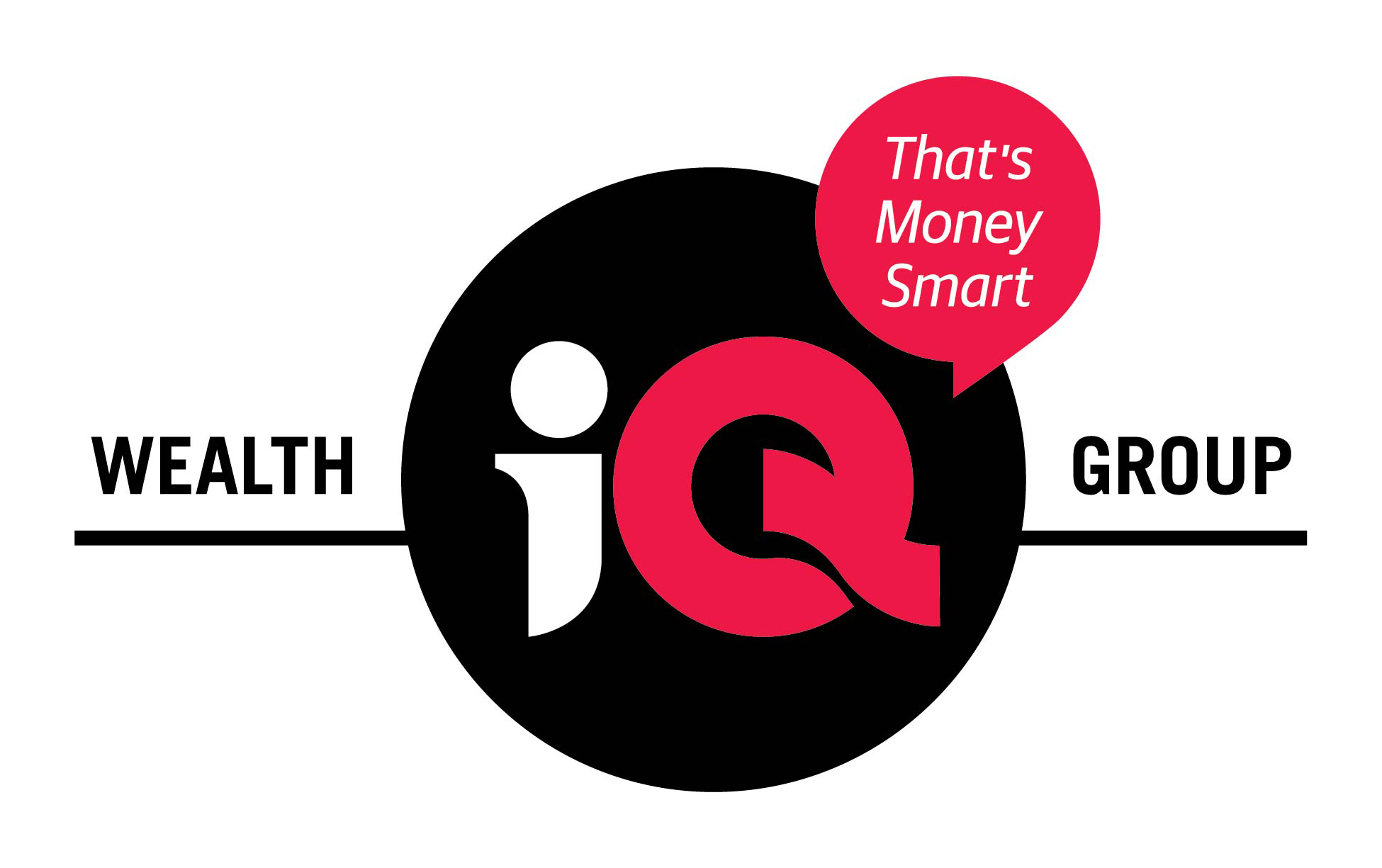Australia can be a clever and wealthy country if it sets a national research and development target and steps up science funding.
The Tech Council of Australia said the 2023/24 federal budget takes important steps to address the big challenges facing the country, including skills shortages, growing new industries and jobs, and strengthening cyber security.
But Kylie Walker, CEO of the Australian Academy of Technological Sciences and Engineering, said the budget “falls short” on spending to grow wealth and wellbeing by making Australia a global leader in research and innovation.
Australia is well behind the United States, Germany and Japan, who all spend more than three per cent of their GDP on research and development.
“We have abundant critical mineral wealth, we have exceptional leaders in research and innovation, and we have the chance to bring these together through advanced manufacturing to lead the world,” she said.
“In next year’s budget, we hope to see a commitment to lifting research funding to international competitive levels.”
The Australian Academy of Science said it was a “business as usual” budget for science and called for a national target to lift R&D from 1.79 per cent to 3 three per cent.
“It will take a decade or more of commitment and effort from government, industry and the higher education sector,” academy president Prof Chennupati Jagadish said.
Science and Technology Australia president Prof Mark Hutchinson said the budget “lays the foundations for a clever, strategic build-up of Australia’s investments in science in coming years”.
He said the recently released quantum strategy ushers in “smart, deliberate funding” to scale up promising early-stage science and tech industries.
Adrian Beer, CEO of industry growth centre METS Ignited, said the budget’s new Industry Growth Program would address the “valley of death” for innovators between having a great idea and getting it to the stage of being commercially viable.
“For too long the valley of death has seen Australian ideas taken overseas,” he said.
The new program would help start-ups grow to the scale that could tap into the National Reconstruction Fund, which he said would be key to doing more onshore.
HIGHLIGHTS AND WINNERS IN SCIENCE AND TECHNOLOGY:
* $101 million to grow critical technologies such as quantum and artificial intelligence.
* New Australian Centre for Quantum Growth and challenge program for new uses of quantum technologies.
* $60 million over four years for Questacon, including funding national touring and schools outreach programs.
* $392 million a new Industry Growth Program with grants of $50,000 to $5 million to help businesses scale up.
* 4000 new university places for students in degrees relevant to Australia’s future nuclear-powered submarine fleet.
* $2 billion to kickstart renewable hydrogen technology, targeting two to three flagship projects.
* New National Reconstruction Fund Corporation with ongoing funding of $64 million a year.
* New Powering Australia Industry Growth Centre to support local manufacturing of batteries and other renewable energy technology.
* $50 million for the National Measurement Institute, including new tools for an array of frontier technologies.
* New Co-ordinator and National Office for Cyber Security.
* Help for small businesses to adopt and adapt to digital technology.
Marion Rae
(Australian Associated Press)





